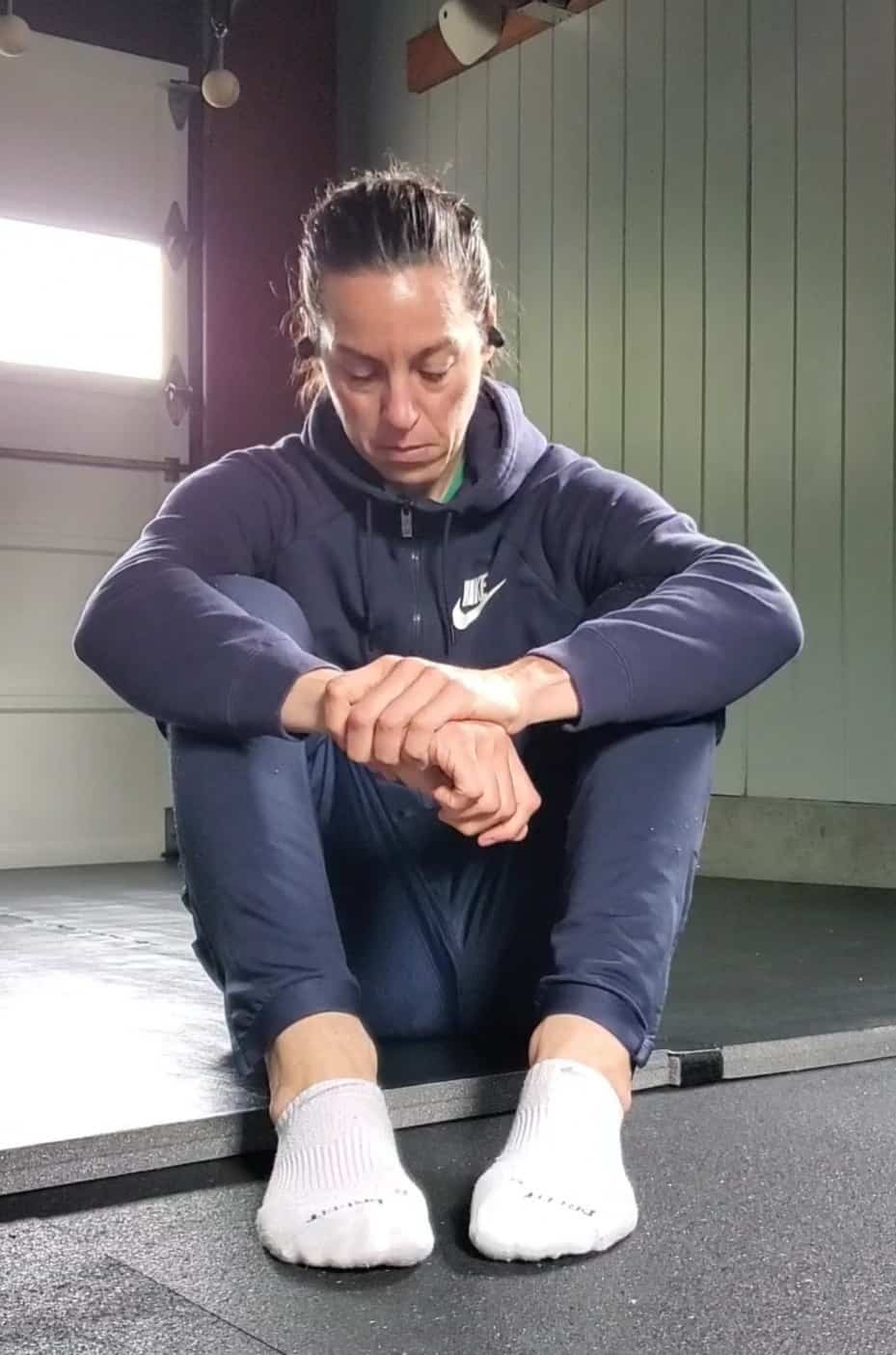
Studying Yourself at Rest
Paying attention brings awareness that paves the way for learning. While the task of directing attention typically goes to teachers, the chore of controlling attention falls on the student. We are bored by things that don’t seem to apply to us. We turn away from things that don’t suit our interests. In trying to ‘do better’, we look for direction in what to do. What if we we studied ‘not doing’ with the same level of intrigue? Could the information we gather from rest be both the least biased and most telling of all?
A certain amount of stimulation is necessary to ‘do’ and a certain amount of stimulation is necessary to ‘seek’ [what to do]. Understanding is an amalgamation of these two intertwined spirals, where the intensity of the physical work (output demands) sacrifices the sensitivity of sensory/ awareness work (input analysis) and vice versa. We have been trained to mediate these conflicts by putting caffeine in our bodies or escaping through our thoughts. The time in which we are asked to endure contradictions with our biology is directly related to our partisan perspective of reality.
If the limited resource of energy is spent either mentally or physically, the cognitive act of self study can best be emphasized during slow or small movements. The examination occurs at the moving bit and in the examination that the moving bit has on the whole. What’s happening there? How does this affect that?
Most of my rest (either in between ‘training’ investigations or laborious acts of work/ keeping house) occurs with me lying or sitting. When looking at position, being on my feet enters too many variables into the mix for me to keep organized and track of. More specifically, I have tried to hone in on the relationship between the ribs and the pelvis, the shortest kinetic chain. Sitting or lying negates the influence of the limbs.
I started with positional relativity. Using my eyes to make the orientation of each basin appear different. From there I felt what tension was being used to produce the alterations. I found patterns of holding and control . Then, stepping back, I was finally able to take a cue that Nicole Uno mentioned to me long ago — What do you notice at rest? You are in this position most often, and your relaxed state is reflective of your truest state.
I was not yet ready to be objective, to see/ feel without judgement or bias. I had been deep diving into relational study, comparison and contrast. I wasn’t sure what to do with A or B on their own. I only knew they existed because A was not B, and B was not A.
It was difficult to dig into comfort when my markers thus far had been discomfort. My posture had gotten worse by traditional standards, but it felt good to hang out there. Preferences come about through many unconscious systematic turns toward efficiency. They had to become conscious for the unravelling to begin.
It’s takes time for things to sink in, both literally and figuratively. Notions remain abstract until you can find consistencies and applications. Oh. Oh. We have to undo the layers of habit. We have to sit, and sense, and let the tendrils keep rooting into the deep dark places our hands can’t reach.
Snapshots can be scanned with incredible detail. Though moving pictures have information that jumps out at you, your eye is naturally attracted to certain points. What rest offers you, is the chance to unsurface what you haven’t been paying attention to. (Even more so than stillness practice because there is nothing that you have to hold… you’re just following what your body naturally wants to do).
Weight and load became internal markers of study. What points are propping me up? To what degree? Do I feel more in my left or my right? Examining pressure became a whole new world of nuance. My two-dimensional mapping became three dimensional. I started to recognize vectors as diagonals (with a hunch they will eventually lead to spirals) instead of simply horizontal or vertical grids. The axes were intended to chart directional trends — a bisected perception of middle.
Here is an example that re-enacted an actual finding:
I sensed more load through my left sit bone, but it was connected to a shifted slant in the right rib. Previous adjustments would have been to laterally ‘roll’ the shape toward the right, lifting the left, or to laterally slide the ribs to stack them over the right, but the real inverse was to create an opposite diagonal. Balance, then, is less looking or feeling ‘even’, but to develop an oppositional vector of antagonistic loading.
The points of reference I continually turn to are sit bones, tailbone, scapula, a bottom tip of left rib (soon to likely be replaced by the xiphoid).
The highest return postural gains were made commuting in my car.
Studying position while lying in bed and the sequential adjustments upon waking has given me tremendous insight on carriage and tension, weight bearing reliance, and rotational/ abduction preferences.
“Rest is the basis for human reflection.” *. Spending time analyzing this magical state may be the deepest act in knowing oneself. Absolutes are rarer than extremes, and yet we are moved by what we like and dislike. The truth exists beyond where we currently sit, but we have to be honest in triangulating where we actually are. The north star remains a fixed measure of orientation whether you relate to it or not.
*Another nugget from Nicole Uno.
Appendix: More boring videos that are much more about feeling than seeing:



